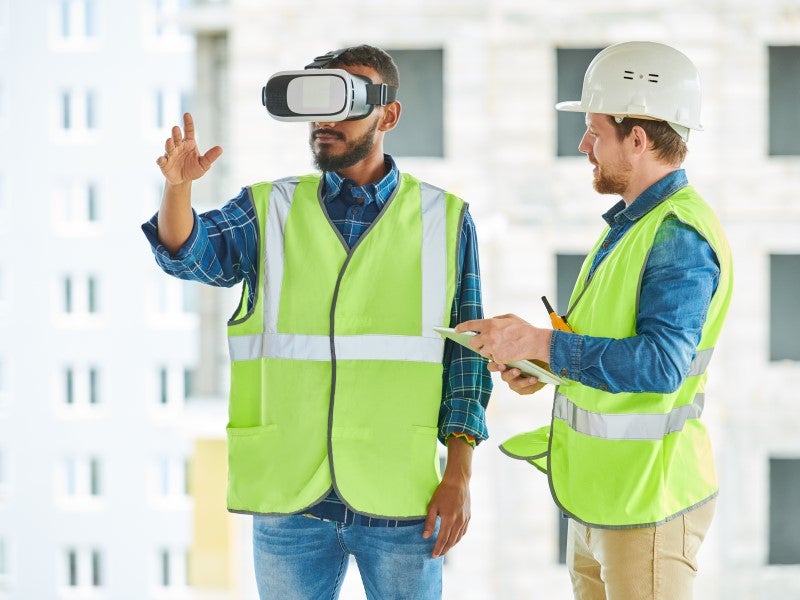As mining companies continue to address the environmental, social and corporate governance (ESG) concerns of their industry, environmental issues often take centre stage. The impacts of mining on climate change, pollution, biodiversity and natural resources are wide-reaching and well-publicised. However, it is essential to attend to the social and governance aspects of the industry too, namely the health and safety of mineworkers.
Even with the recent decline in mining-related death and injury rates, the mining industry remains extremely dangerous, with risks posed by poisonous gases, extreme heat, cave-ins or machine breakdown (to name a few). Mining companies must take responsibility for ensuring worker safety on-site and only further operational and technological improvements can reduce major risks. Many mine sites have set safety as a high priority and use total recordable injury frequency (TRIF) and lost time injury frequency (LTIF) rates to benchmark their performance against industry standards and measure their progress over time.
This is where augmented reality (AR) can come in and help companies reach the highest safety standards and limit injuries on site. AR describes technology that allows users to see the real world overlaid with data. AR is a key building block for digitalisation and is particularly useful in ensuring safety, as it enables the immersive training of mineworkers while bypassing the unnecessary risks of on-the-job training.
Several companies, including Anglo American, Glencore, Rio Tinto and Hindalco Industries, already employ AR-based training. Anglo American, for example, spent $90m on training in 2019, which included the launch of a LEARN+ platform that included AR learning experiences to train staff. Another successful use of AR-based training was seen in 2020 by JFE Steel, with the installation of a mixed reality training simulator at its West Japan Works site in the Fukuyama District. The training combined the trainee’s movements with a mixed reality factory floor to create a new environment where physical and virtual elements worked together. Importantly, it provided workers with hands-on training without the real-world risks – for example, when learning to work with high-temperature molten materials.
Also in 2020, Vale partnered with NORCAT to develop more blended learning programmes for the mining industry to train and upskill mineworkers. NORCAT is a Canadian not-for-profit technology and innovation centre that sees virtual and AR learning programmes as the future of training in the mining sector. AR in particular provides immersive training, acts as a go-between for on- and off-site staff, and provides visual guidance in critical scenarios to mineworkers without shutting them off from the real world.
Mining companies should continue to experiment and use AR-based training in their move towards zero on-site fatalities and injuries, while simultaneously cutting down training times and upskilling workers in an industry with an ageing labour pool.





